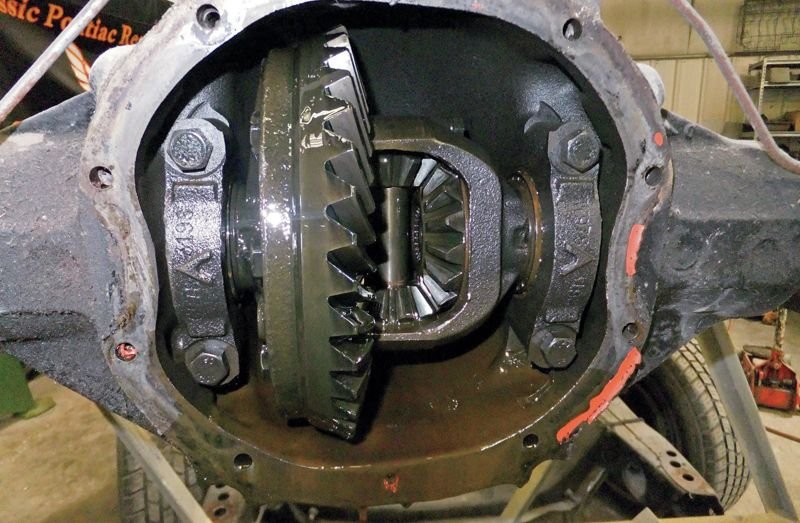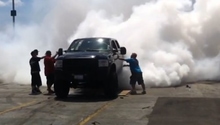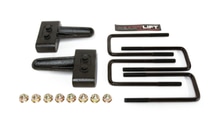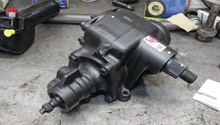Ford F-150/F-250: Why is My Rear Axle Smoking?
A Ford F-150 or Super Duty with a smoking rear axle is not funny, no matter how it looks in the movies. When your rear axle burns out, your truck is not going anywhere, and it needs to be fixed immediately.
This article applies to the Ford F-150 (2004-2014) and the F-250, F-350 Super Duty (2005-2014).
When you see smoke coming from your rear axle, you need to act fast. You should safely pull off the road and park your truck away from traffic. If you have a fire extinguisher, bring that with you when you inspect the rear end area of your vehicle, in case there is more than smoke to be concerned with. A smoking rear axle could be a symptom of several different problems. Remember to stop the truck as soon as you see smoke.
If you have basic mechanical skills most of the work could be done right from where you're at, but working underneath a truck on the side of a busy road is not the safest place to be. You might consider calling your local garage and have them tow you in to their shop. They can replace the brakes, reseal the differential cover, and fill it with oil while you wait.
Step 1 - Brake inspection

When you see oil instead of brake fluid on the wheels and brakes, the problem is not caused by the brake system. However, the brakes will need to be replaced because oil on brakes damages them beyond repair.
Remove your wheel and inspect your brakes.
If there is no oil or brake fluid on the wheels or brakes, then move to Step 2.
(Related Article: How to Change a Tire - Ford-trucks.com)
Step 2 - Differential inspection

Check for leaking oil from the differential plate located in the rear center of your truck. This leak could have been caused by a bad seal, a faulty bearing, gears, or simply old age. Parts do wear out due to normal wear and tear or excessive rough handling practices.
Step 3 - Remove differential plate

When you remove the differential plate, it should be relatively obvious what the problem is. Generally, it will be a broken, damaged seal, damaged cover, or the differential gears have frozen up or broken off. Most of the time, the differential seal has simply dried up and allowed the oil to leak out.
Drain the differential plate by placing a pan underneath it, then unscrew the plug located right underneath it. When it is completely drained, unscrew the bolts around the plate.

Step 4 - Replace Seal and fill differential with oil

Check the seal around the edge of the plate, if it's cracked or worn, replace it. Fill back the differential plate with oil.
Related Discussions
- Smoking Rear - F150forum.com
- Empty Differential - Ford-trucks.com
- How to Replace Pinion Seal - F150online.com






